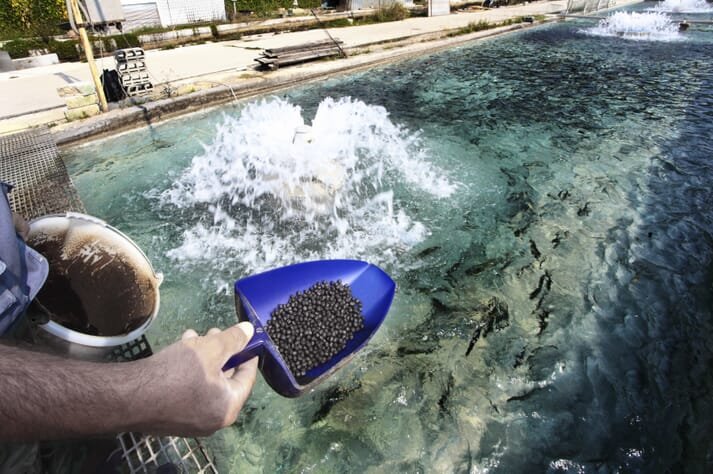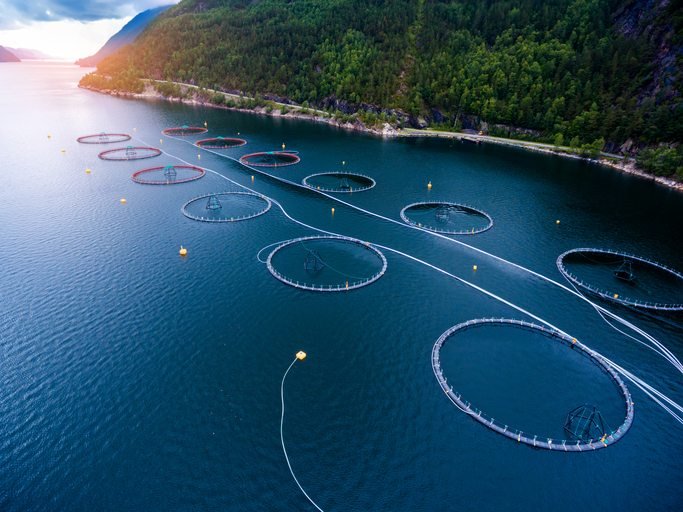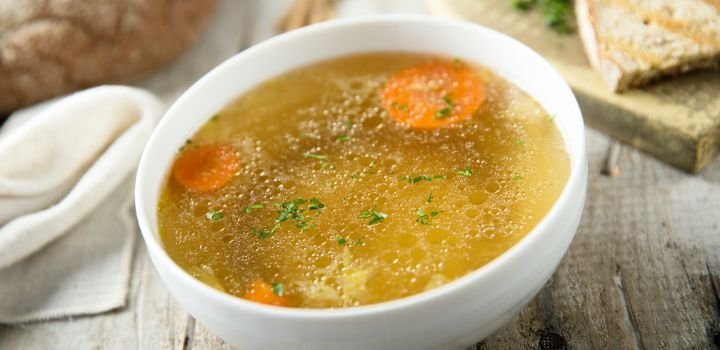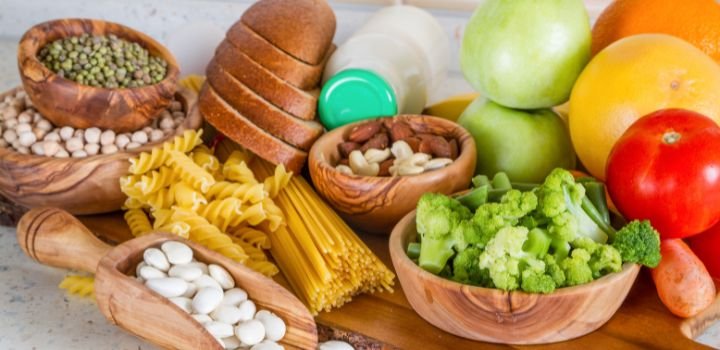giriiş
Aquaculture is the fastest-growing food production sector in the world. To sustain this rise in the growth of aquaculture, adequate amounts of resources are needed for aquafeed production. Traditionally, the aquaculture sector has been reliant on fishmeal and fish oil as significant resources. However, much recently, the aquaculture sector’s dependence on marine ingredients has reduced due to replacing yeast derivative products.
In particular, the use of derivatives from theyeast cell wall (YCW) has become more prominent in the animal feed industry. Much of this is attributed to stricter government regulations and the ban of antibiotics in animal feeds in the United States and the European Union. The ban on the prophylactic use of antibiotics in animal feeds stimulated interest in using alternative products (including yeast derivatives) to support animal health and growth performance.
How do YCWs benefit Aquaculture Production?
Today, YCW is identified as a major protein-rich ingredient in aquafeeds. Apart from adding nutritional value to the diets of aquatic animals, studies show that dietary supplementation of yeast cell walls in aquafeeds can support animal health and growth performance in aquaculture production.

Research on dietary supplementation of YCW in aquafeeds has centered its role as a functional and nutritional supplement that positively influences the gut health and immune system in fish and shrimp. Yeast cell walls are mainly composed of mannan-oligosaccharides (MOS), β-glucan, and chitin. Past studies have shed light on the health benefits of these YCW components in various aquatic species.
In no particular order, these include blocking undesirable bacteria, modulating more robust health responses of fish, inducing a prebiotic effect in fish and shrimp, and converting non-food biomass efficiently. Let’s look at these benefits individually.
YCWs Block Undesirable Bacteria
Themannan oligosaccharides (MOS) in YCWs can block undesirable bacteria by attaching to these bacteria- a process commonly known aspathogen binding. Pathogen binding prevents the bacteria from colonizing the host cells of fish and shrimp. These bacteria then travel the gut of the animal without affecting its health. This is a vital characteristic of YCWs since it helps ensure that your aquatic animals are less prone to acquiring undesirable bacteria that may harm their health.
YCWs Modulate Immune Response
Theꞵ-glucans in YCWs stimulate the immune cells through specific receptors that enhance the animal’s immune response at the cellular level. The immune and antioxidant properties of YCWs have an essential role asprobiotics Veimmunostimulants to improve fish and shrimp resistance against common viral and bacterial diseases. In a recentstudy, results suggest that shrimp preventively fed a diet supplemented with YCW saw a rise in immune cells. This enhanced immune cell activity enabled them to respond strongly when faced with a pathogen challenge.

Similarly, YCWs has been credited for facilitating mucus production in the intestines of various fish and vertebrates. Studies reveal that dietary YCW supplementation in fish leads to regeneration of damaged epidermal layer, which is indicative of the wound healing capacity of the mucosal skin layer. The skin and epidermal mucus of fish are an essential part of the innate immune system of fish and shrimp. The skin serves as the first line of defense against parasites and pathogens. The mucosal barrier provides powerful chemical protection against pathogens from entering the gut.
Hence, feeding YCW supplements to your animals help reinforce mucosal integrity and robustness, strengthening their skin mucus composition, providing a boost to their innate immune system.
YCWs Induce a Prebiotic Effect
It’s commonly known that an animal’s digestive tract needs to have well-balanced microbiota for normal functioning. The prebiotic components of the yeast cell wall, like mannan oligosaccharides (MOS), profit the aquatic animals by reducing the load of undesirable bacteria and promoting the modulation of good bacteria in their intestines. YCWs are widely recognized as substrates for beneficial bacteria. For example, YCWs favor the growth of Lactobacillus inside the digestive tracts of fish and shrimp, which leads to limiting pathogenic bacteria development and improved gastrointestinal health.

YCWs Facilitate Healthy Environment For Aquatic Animals
The recent surge in demand for aquaculture production has brought about adverse outcomes for the environment. The negative effect on water and sediment quality in shrimp ponds is evidence of the increasing environmental degradation due to the intensification of the aquaculture industry. One way to counter this problem is by using probiotics like the YCW. Yeasts are normal microflora of seawater. Yeast bioactive products, like the YCW, can enhance animal wellbeing by improving the microecological environment. The probiotic properties of YCWs help manipulate and grow microorganisms in the fish and shrimp ponds. These microorganisms help in different ways, including improving water quality, enhancing mineralization of organic matter, and rearing healthier aquaculture.
Another problem in maintaining the water quality of shrimp ponds is the presence ofammonia– significant environmental stress in fish and shrimp farming. It develops over time in fish and shrimp ponds causing several physiological changes, includinghomeostasis in shrimp, oxygen consumption, and immunosuppression that affect the health status, survival rate, and the expected growth of fish and shrimp.
Several quality factors, like temperature, oxygen, and pH, determine how efficiently you can control ammonia in fish and shrimp ponds. The use of YCW results in a reduction of the chemical oxygen demand (COD), sulfide in pond sediment and water, total ammoniacal nitrogen, and pH water values, thereby positively influencing the growth and survival of fish and shrimp.

Çözüm
Be it stimulating the immune health response at both the cellular and mucosal level or blocking undesirable bacteria, YCWs have you covered. If you are associated with the aquaculture industry, you will feel the need to find sustainable alternatives to grow and scale your farm sooner than later. The best way to do this is by implementing dietary YCW supplementation in aquafeeds. Not only will this help ensure that your animals are kept healthy, but it will also enhance their growing environment, which will have a positive influence on their growth and survival rate.
Hiyeast Yeast Cell Well yabancı maddelerden arındırılmış, özel maya kokusuna sahip, bej renkli toz halinde karşımıza çıkmaktadır. Eşit oranda β-glukan ve Mannan ( ) içeren ürünümüzün raf ömrü üretim tarihinden itibaren 24 aydır.
So, if you are considering adopting yeast derivatives in your aquafeeds, visit our İnternet sitesi Üstün kaliteli mayadan elde edilen ürünlerimizin tamamını görmek için.







